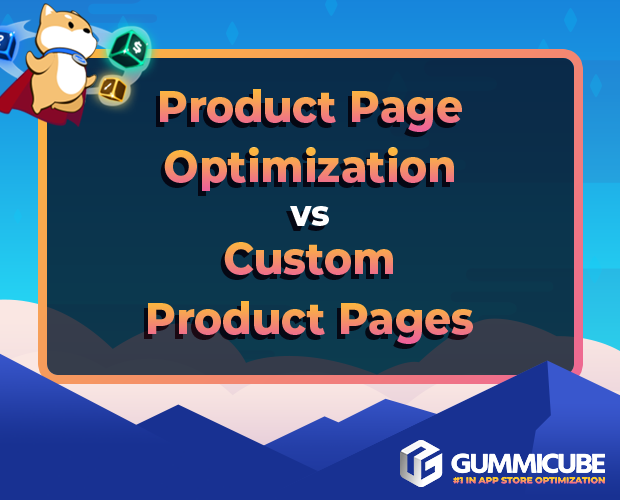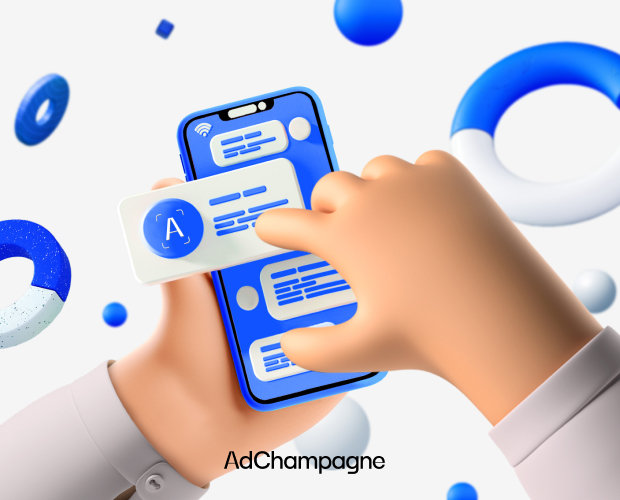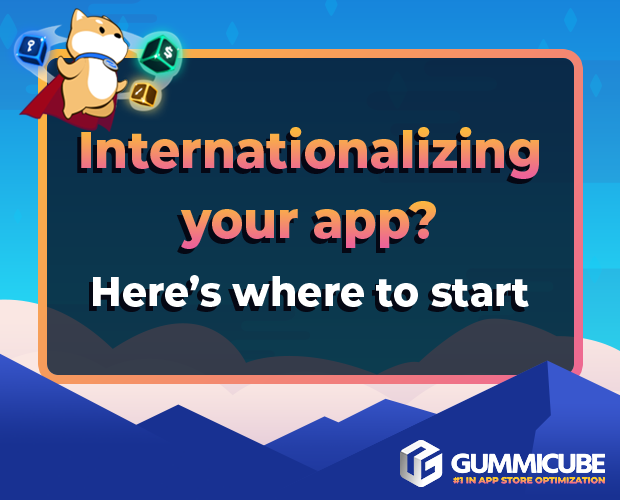Richard Webster, Group Communications Director at lifestyle data company DLG Group, which recently launched a mobile data division, argues that texting
and targeting make perfectbedfellows bedfellows
 There is no doubt that mobile marketing is coming of age. A recent survey of the advertising trends of major companies revealed that 89% were planning to use the medium by the end of 2008, and were seeing more consumer brands exploring mobile marketing as a way of interacting with consumers. However, in terms of taking advantage of the full potential of mobile marketing, UK marketers have barely scratched the surface. The array of mobile data services available, from text and picture messaging to direct response, sales promotion and mobile Internet, and the extent to which these can be applied in the future is simply incredible. But there is still some way to go before marketers are in a position where they will consider SMS as a key part of their marketing mix.
There is no doubt that mobile marketing is coming of age. A recent survey of the advertising trends of major companies revealed that 89% were planning to use the medium by the end of 2008, and were seeing more consumer brands exploring mobile marketing as a way of interacting with consumers. However, in terms of taking advantage of the full potential of mobile marketing, UK marketers have barely scratched the surface. The array of mobile data services available, from text and picture messaging to direct response, sales promotion and mobile Internet, and the extent to which these can be applied in the future is simply incredible. But there is still some way to go before marketers are in a position where they will consider SMS as a key part of their marketing mix.
So why, with 114% mobile phone penetration, and with the mobile phone being the centre of integrated communication for every consumer by 2010, has there not yet been massive take-up for commercial texting?
Technology ahead of applications
In 2006, mobile messaging was worth an estimated 100 million compared to a total spend on direct marketing of 17 billion; to put this into context, there were 40 billion person-to-person texts sent last year (source:MMA), but only 15% were commercial. The reason is, quite simply, that until recently, clever technology has raced ahead of the desire for clever application.
DLG has been collecting and providing mobile phone data to clients for the last five years, and up until now most of it has been used by mobile phone companies, for telemarketing campaigns persuading consumers to switch handsets or contracts. In fact, rather than using the medium for marketing, most revenues from mobile have in the early years of inception tended to rest with the easy and most obvious opportunities offered by premium rate services, ring tones, video games and competitions.
However, in the last 12 months, there has been a significant shift in the type of company using mobile data in the method of its application and in its selection. Furthermore, whereas 80% of DLGs clients prior to 2006 were the end users themselves, now 80% are agencies buying on behalf of their clients.
The medium is maturing, because no matter how much innovation changes the method of marketing delivery, the principles of what to say, how to say it and to whom still apply. With this ongoing and gradual education of marketers to the potency of SMS, take-up of highly targeted data will continue to accelerate, as the understanding and effectiveness is realised.
Targeted data
As in all direct marketing, the key to success lies in the availability and application of accurate and keenly targeted data. Although it costs at least five times as much to recruit a new customer than it does to retain an existing one, recruitment is the absolute life-blood of any business. If a company is not growing its client-base, it is not just standing still, but going backwards, because its competitors will always be moving forward.
The key to unlocking the real potential for customer recruitment lies in understanding more about them and having the ability to interact with them directly. The availability of mobile data, and the intelligent application of it, is absolutely critical to SMS campaign success. Analysis and careful selection can be carried out before broadcast, and afterwards, with detailed responder profiling. Over time, companies can build profiles of their customers, and subsequently target them for highly specific campaigns, generating real and significant lifetime value.
Of course, we conduct business in an environment where personal data is treated with the respect and consideration it deserves. And to an extent, marketers have held back from SMS messaging due to the fear of breaching strict legislation for digital marketing: electronic messages, whether email or SMS, can only be broadcast to individuals who have positively consented to receive them. However, todays reputable data suppliers can guarantee this compliance, as the only way for them to gain explicit consent to third party contact is to build a trust-based, one-to-one relationship with consumers, resulting in improved response rates.
Intelligent targeting
With intelligent application and targeting, SMS messaging can enhance a brand, and produce great results. Furthermore, it is cost-effective, measurable and intuitive: lifestyle data in particular has a wealth of additional variables, because the way in which the information has been volunteered allows for the fine-tuning of campaign targeting like no other data can.
While all other marketing media seem to be feeling the squeeze - through fragmentation of networks in TV advertising, environmental issues with direct mail and the growth in registrations on the Telephone Preference Service (TPS) for telemarketing - mobile marketings future looks rosy. There is an extraordinary and unprecedented opportunity from a technological standpoint for mobile marketing in the next few years, both in terms of the way consumers will receive commercial messages and in the way they will respond to them. But right here, right now, there is a pipeline for immediate, measurable and targeted communication bursting with potential, and waiting to be exploited to the full. Delivery of message, capture of response, trackability of source-to-sale at a low cost-per acquisition: the next big thing for mobile marketing is the application of data. They say there is no idea so powerful as one whose time has come: so get targeting, get texting.







